AMD Radeon RX 7900 XTX: Performance Review
The AMD Radeon RX 9070 enters the graphics card market at an interesting juncture. Hot on the heels of Nvidia's latest generation, this $549 card finds itself directly competing with the underwhelming GeForce RTX 5070. In this matchup, AMD emerges victorious, making the RX 9070 a compelling choice for 1440p gaming.
However, the situation isn't entirely straightforward. AMD's own Radeon RX 9070 XT, a mere $50 more expensive, presents a difficult comparison. While the price difference aligns with the 9070's approximately 8% lower performance, the extra performance of the XT makes the additional cost difficult to ignore. Despite this internal competition, AMD's offerings still present a strong showing.
Purchasing Guide
The AMD Radeon RX 9070 launches March 6th, with a starting price of $549. Expect variations in pricing across different models; prioritize purchasing a card as close to the MSRP as possible, given its proximity in price to the superior RX 9070 XT.
AMD Radeon RX 9070 – Photos
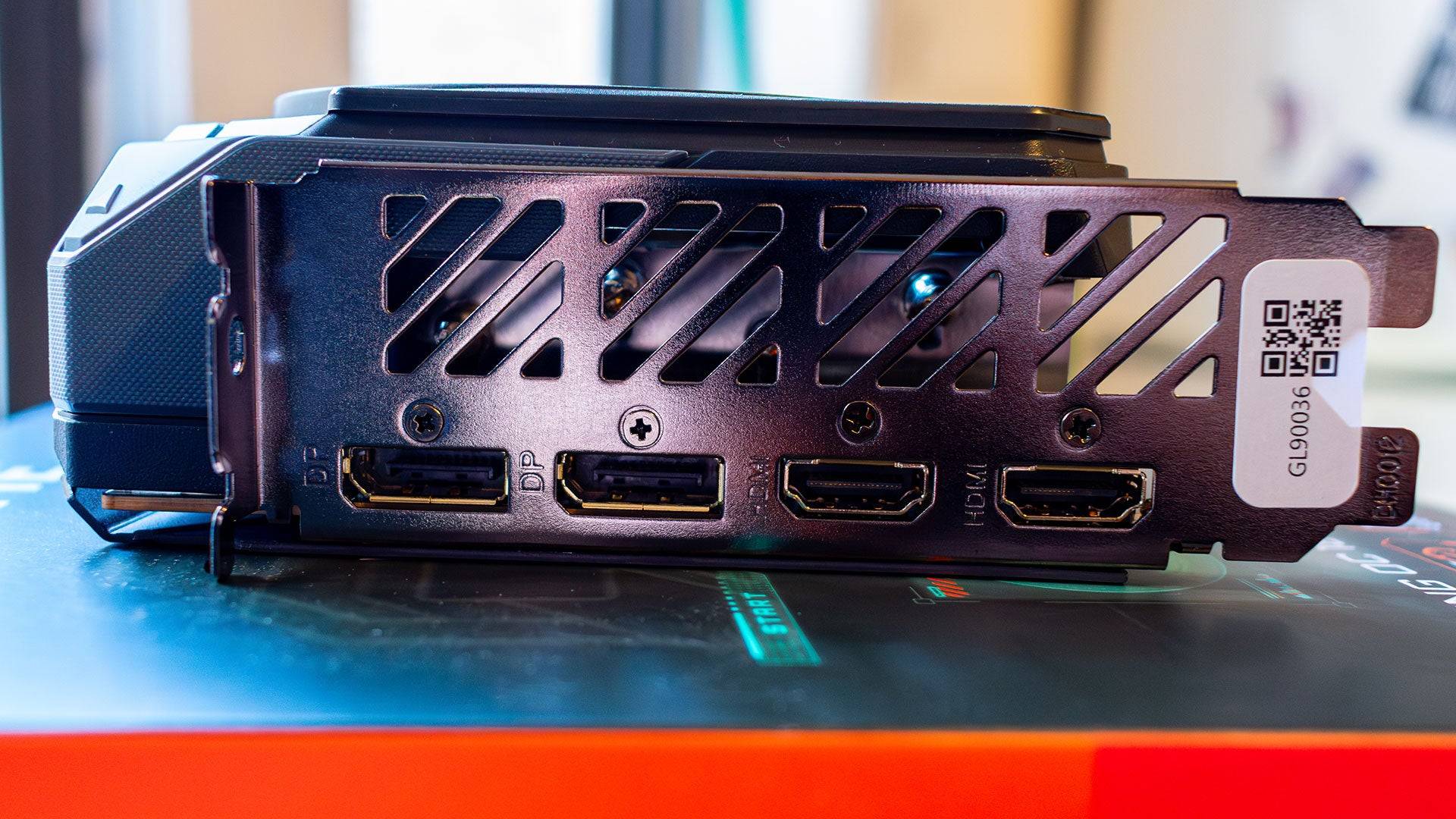
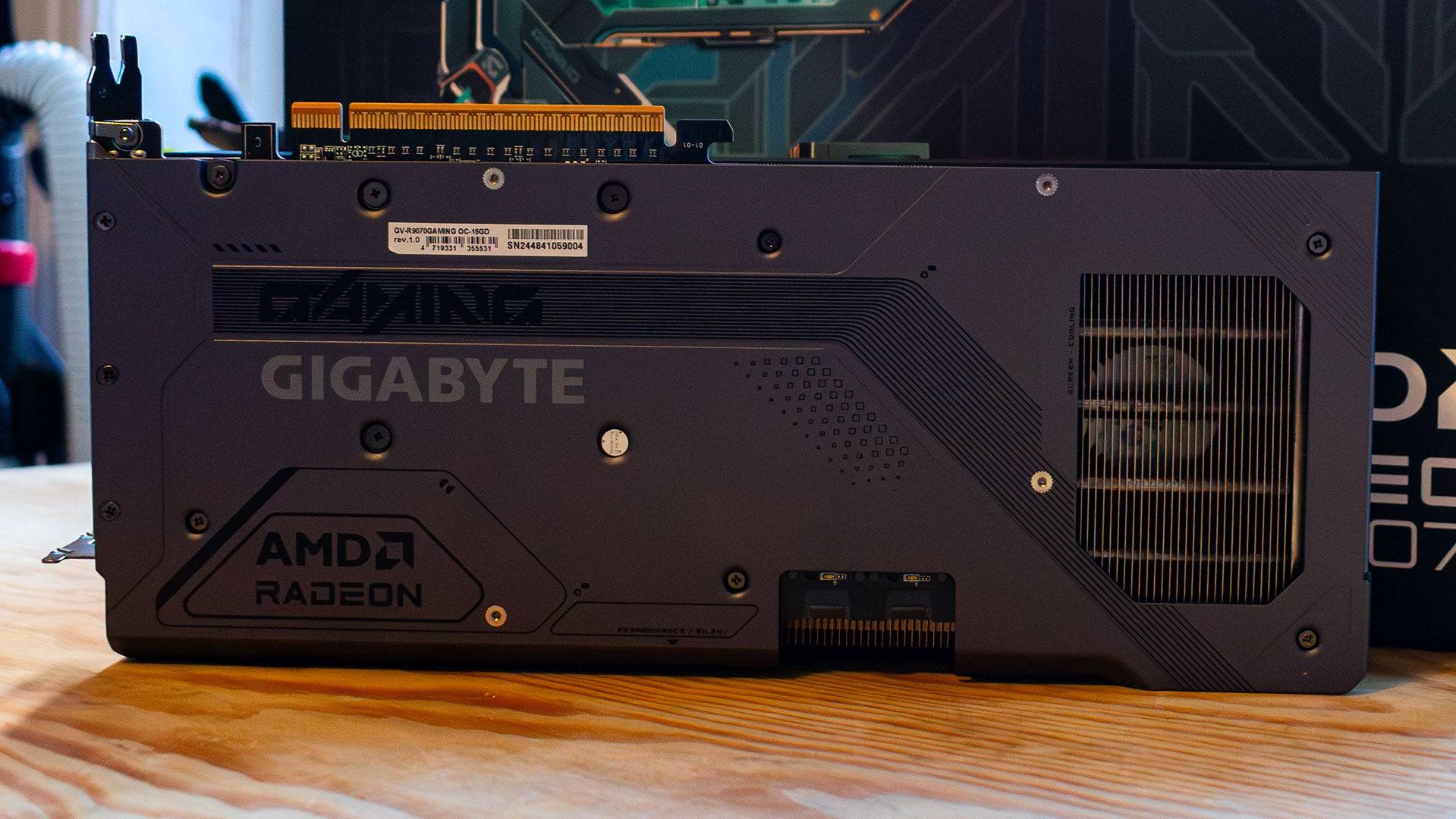 4 Images
4 Images

Specs and Features
Like its sibling, the RX 9070 XT, the RX 9070 utilizes the RDNA 4 architecture. This results in significant performance gains, surpassing the previous generation Radeon RX 7900 GRE by a considerable margin, despite having 30% fewer compute units.
The RX 9070 boasts 56 Compute Units, each containing 64 Streaming Multiprocessors (SMs), totaling 3,584 shaders. Each compute unit includes one Ray Accelerator and two AI Accelerators, resulting in 56 and 112 respectively. These improvements to ray tracing and AI acceleration significantly enhance the card's capabilities in modern games. The upgraded AI Accelerators enable FidelityFX Super Resolution (FSR) 4, marking AMD's debut in AI upscaling.
The card pairs 16GB of GDDR6 VRAM with a 256-bit bus—a configuration similar to the 7900 GRE and sufficient for 1440p gaming for years to come. While GDDR7 would have been a welcome addition, it likely would have increased the price.
AMD recommends a 550W power supply, with a 220W power budget. Testing revealed a peak consumption of 249W; a 600W PSU is recommended for safety.
Crucially, unlike previous generations, AMD isn't releasing a reference design for the RX 9070. All versions will be from third-party manufacturers. This review utilizes the Gigabyte Radeon RX 9070 Gaming OC 16G, a triple-slot card with a factory overclock.

FSR 4
Since DLSS's emergence, AI upscaling has become a key performance enhancer. FSR 4 brings this technology to AMD GPUs for the first time. Utilizing previous frames and in-game data, an AI model upscales lower-resolution images to the native resolution. This differs from FSR 3's temporal upscaling, which lacked AI detail refinement, leading to artifacts.
The AI processing introduces a slight performance penalty compared to FSR 3. Testing showed minor frame rate drops when switching from FSR 3 to FSR 4 in games like Call of Duty: Black Ops 6 and Monster Hunter Wilds. The Adrenalin software allows users to choose between FSR 3 and FSR 4 based on their preference for image quality or performance.
AMD Radeon RX 9070 XT & 9070 – Benchmarks
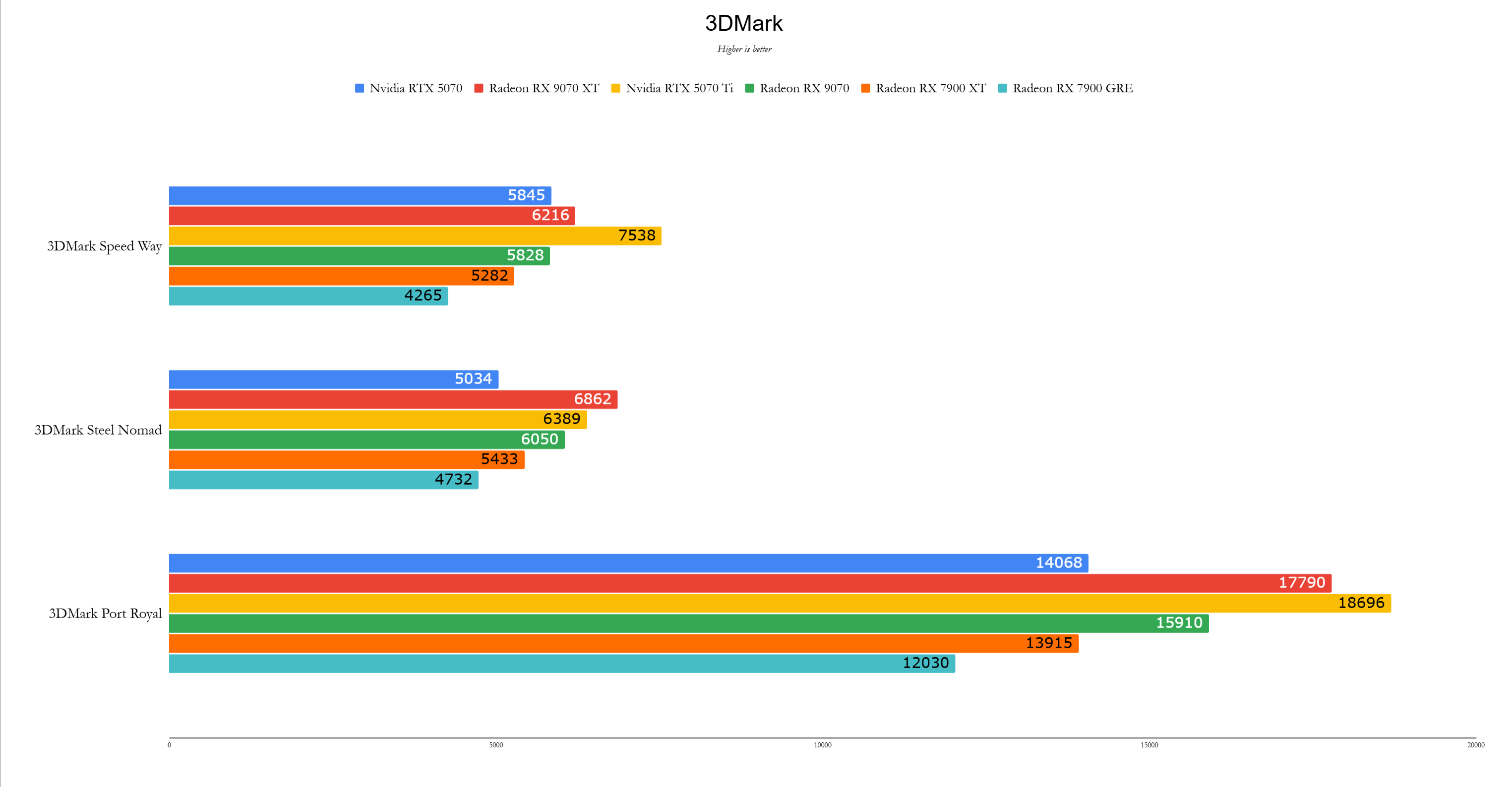
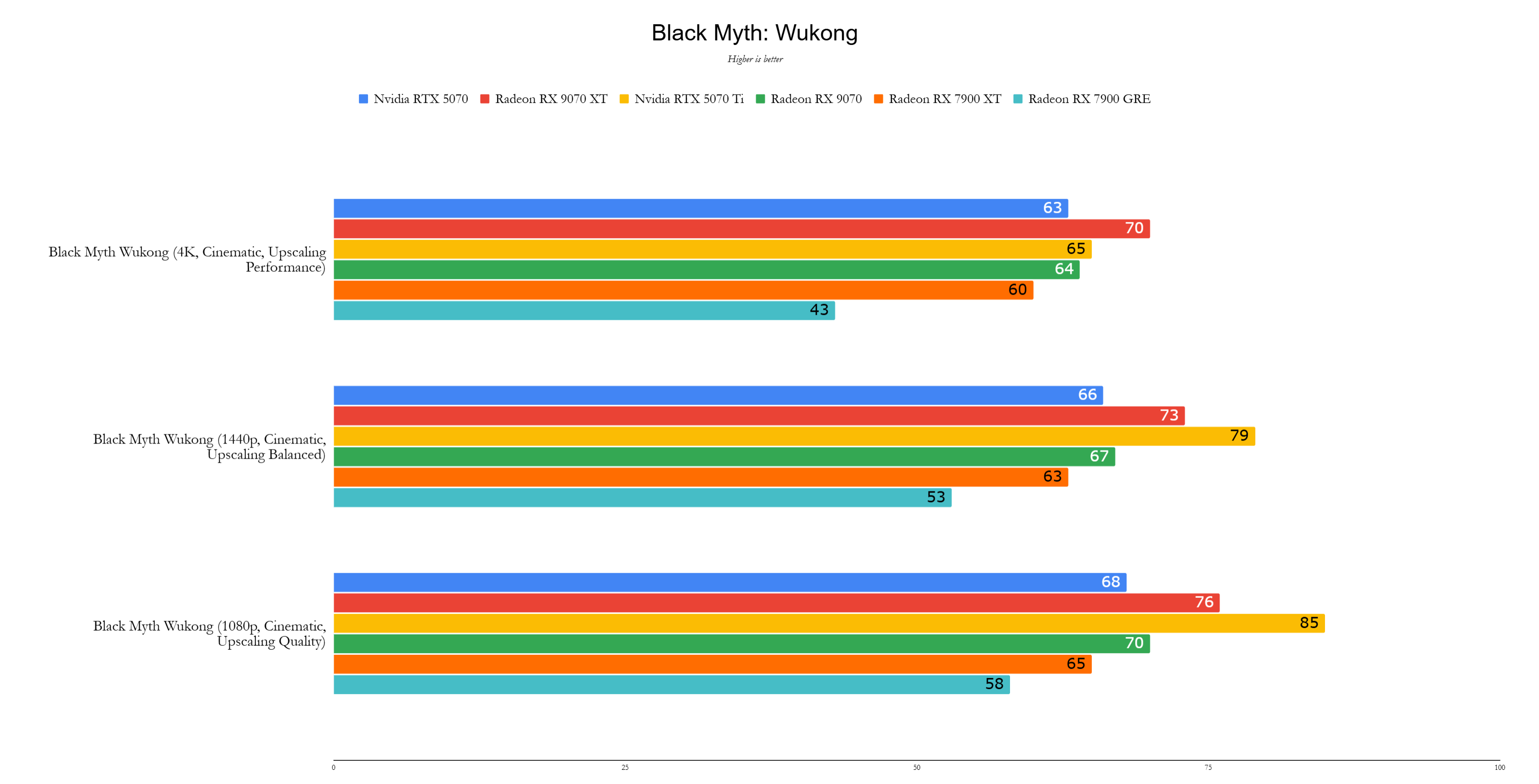 11 Images
11 Images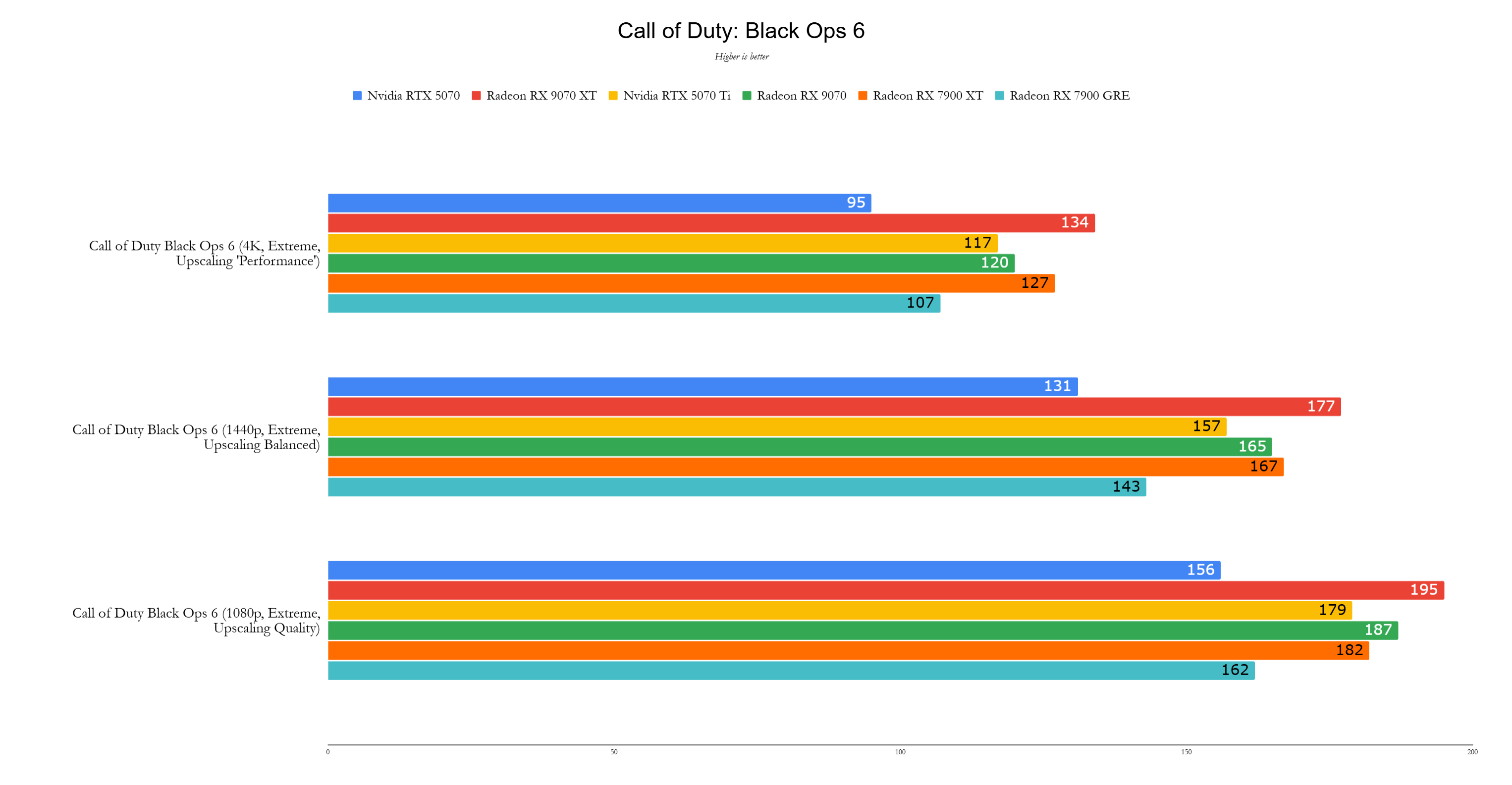
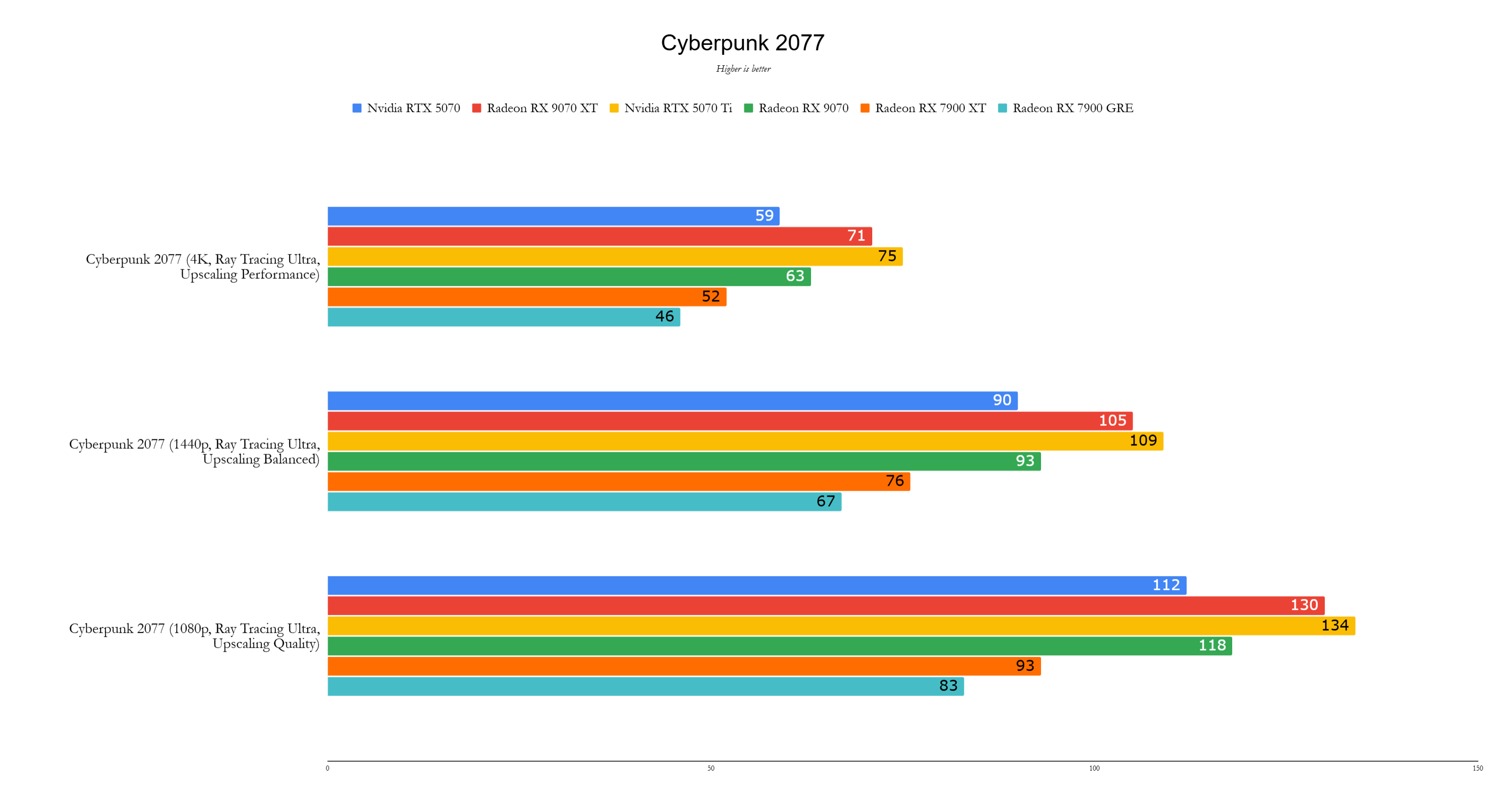

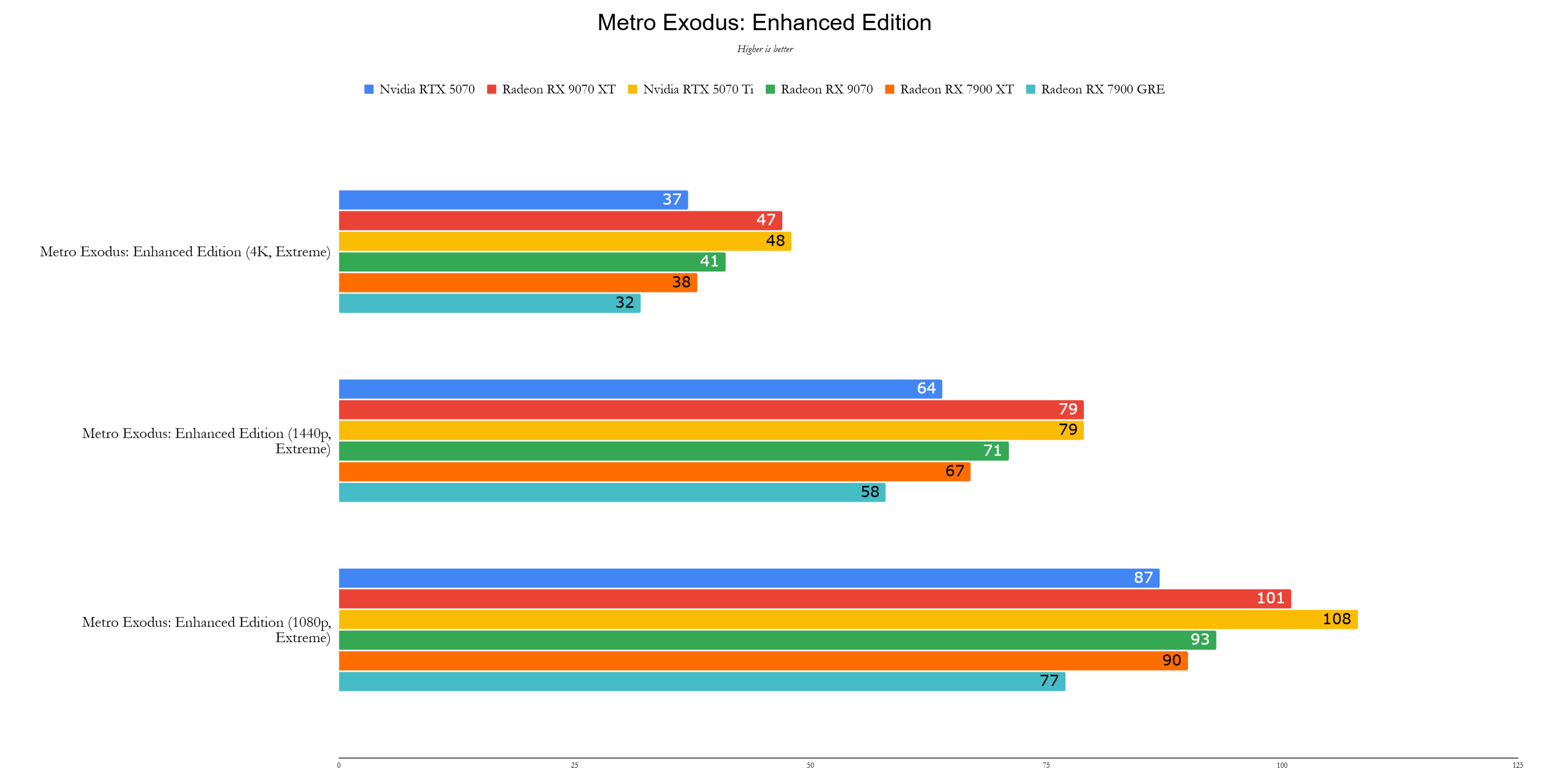
Performance
Priced identically to the Nvidia GeForce RTX 5070, the RX 9070 often surpasses it in performance. At 1440p, it's approximately 12% faster, and 22% faster than the RX 7900 GRE. This improvement is notable, considering the 30% reduction in cores.
Note that this review used a factory-overclocked RX 9070 (Gigabyte Radeon RX 9070 Gaming OC), with a reported boost clock of 2700MHz (approximately 7% higher). This contributes to the performance advantage. All cards were tested on their respective latest drivers at the time of writing.
Benchmark results show a strong performance in various titles. In games like Call of Duty: Black Ops 6, Cyberpunk 2077, Metro Exodus, and Red Dead Redemption 2, the RX 9070 consistently outperforms the RTX 5070. While Total War: Warhammer 3 and Black Myth Wukong showed closer results, the RX 9070 still holds its own. Forza Horizon 5 and Assassin's Creed Mirage also demonstrated a significant lead for the AMD card.
The RX 9070's performance advantage, combined with its 16GB of VRAM, positions it favorably against the RTX 5070, making it a compelling value proposition.
- ◇ Top Deals: PS Portal, PS5 Controllers, AMD Ryzen X3D CPUs, iPad Air Apr 28,2025
- ◇ AMD Radeon RX 9070 XT Gaming PC Price Slashed by Amazon Apr 07,2025
- ◇ AMD Ryzen 9 9950X3D Review Mar 21,2025
- ◇ The Powerful AMD Zen 5 9950X3D, 9900X3D, and 9800X3D Gaming CPUs Are Now Available Mar 21,2025
- ◇ Best Buy Has New AMD Radeon RX 9070 and 9070 XT Prebuilt Gaming PCs Available Now Mar 17,2025
- 1 Pokémon GO Set To Roll Out Safari Ball In The Wild Area Event 2024 Nov 10,2024
- 2 Marvel's Spider-Man 2 Swings to PC in January 2025 May 26,2023
- 3 Tomorrow: MMO Nuclear Quest Is a New Sandbox Survival RPG Nov 15,2024
- 4 Black Myth: Wukong Review Fallout Nov 13,2024
- 5 Roblox Ban in Turkey: Details and Reasons Mar 10,2024
- 6 Final Fantasy XVI PC Port Falls Short Nov 14,2024
- 7 GTA 6 Raises The Bar and Delivers on Realism Beyond Expectations Nov 10,2024
- 8 Dragonite Cross-Stitch Captivates Pokémon Enthusiasts Nov 08,2024
-
Best Racing Games to Play Now
A total of 10
-
Explore the World of Shooting Games
A total of 10
-
Best Free Simulation Games for Your Android Phone
A total of 4










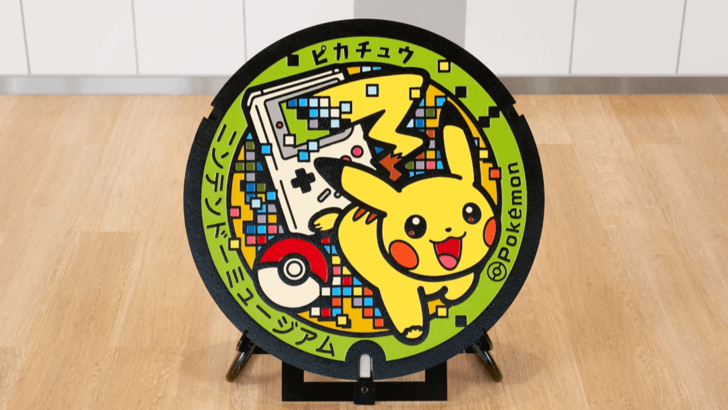


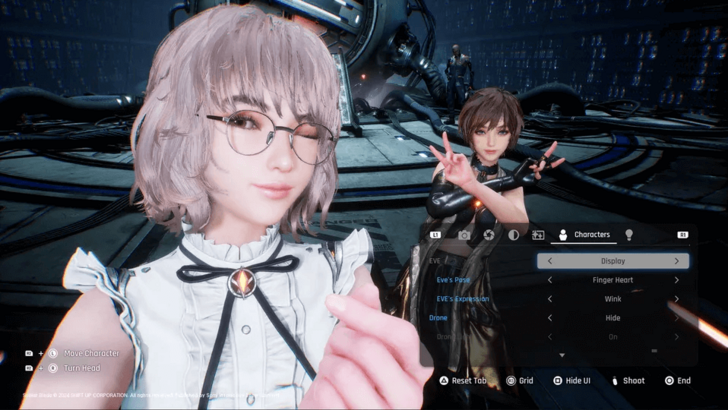


![Business of Loving [v0.12.5i] [Dead End Draws]](https://imgs.96xs.com/uploads/18/1719555107667e5423ef803.jpg)













